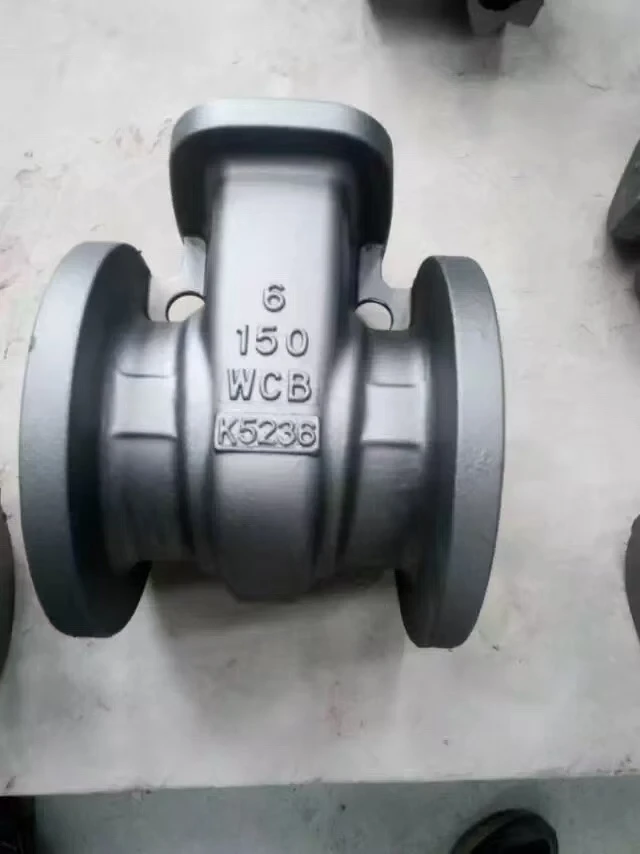The Versatile Application of 3D Printed Sanding Blocks
3D printing technology has revolutionized the way we create and design objects across various fields. One of the practical applications gaining traction in both professional and DIY settings is the 3D printed sanding block. This indispensable tool not only enhances efficiency in sanding processes but also allows for customization based on individual needs and preferences.
What is a Sanding Block?
A sanding block is a hand tool used in woodworking and metalworking to hold sandpaper. It enables the user to apply even pressure while sanding, ensuring a smooth finish and preventing uneven surfaces. Traditional sanding blocks are typically made from wood or rubber, but their designs and materials haven’t changed much over the years. With the advent of 3D printing, however, the potential for innovation is immense.
Benefits of 3D Printed Sanding Blocks
1. Customization One of the most significant advantages of 3D printing is the ability to customize designs. Users can create sanding blocks tailored to specific projects, whether it’s for intricate woodwork or fine metal finishes. By adjusting the size and shape, you can make a sanding block that fits comfortably in your hand, enhancing both precision and comfort during use.
2. Material Variety 3D printing allows for the use of various materials that conventional sanding blocks may not offer. For example, one could use flexible filament to create a sanding block that conforms better to the shape of the workpiece, ensuring a more uniform sanding effect, especially on curved surfaces. Alternatively, rigid materials can provide durability for heavy-duty sanding tasks.
3. Complex Designs With traditional manufacturing methods, creating complex shapes can be time-consuming and costly. However, 3D printing can produce intricate designs that accommodate various types of sandpaper. Innovative designs can include integrated compartments for storing sandpaper, ergonomic grips, or even sanding blocks with adjustable angles for hard-to-reach areas.
4. Cost-Effectiveness For those who frequently require specialized sanding blocks, 3D printing can be a cost-effective solution. Instead of purchasing multiple blocks for different tasks, makers can just print what they need, when they need it. This flexibility reduces waste and optimizes storage space in workshops.
sanding block 3d print

5. Rapid Prototyping The ability to quickly prototype and print a sanding block means that users can experiment with different designs without significant financial investment. This iterative process encourages creativity and innovation, which leads to optimized tools that can significantly improve workmanship.
How to Create a 3D Printed Sanding Block
1. Design Phase The first step in creating a custom sanding block is designing it. Software like Tinkercad, Fusion 360, or SketchUp can be used to create a 3D model. Incorporate features and dimensions that suit your specific needs.
2. Select Material Choose the right filament based on the required rigidity and flexibility. PLA is sturdy and easy to print with, while TPU offers flexibility, making it a good choice for creating ergonomic grips.
3. Printing Once the design is finalized and the material is selected, the next step is printing. Ensuring the correct print settings can avoid issues such as warping or poor adhesion.
4. Finishing Touches After printing, sanding the edges may be necessary to ensure a smooth finish. Some users might also choose to paint or seal the block for durability.
5. Testing Finally, test the sanding block with various sandpaper grits on different materials to evaluate its performance. This practical test will determine if further adjustments to the design are necessary.
Conclusion
In conclusion, 3D printed sanding blocks are a testament to the capabilities of modern manufacturing technology. They embody the principles of customization, efficiency, and innovation, making them an essential tool in the toolkit of both amateur and professional craftsmen. As 3D printing continues to evolve, the future of sanding tools will undoubtedly become even more diverse and efficient, further enhancing the quality of craftsmanship across various trades.
Post time:डिस . 03, 2024 20:49
Next:Exploring the Properties and Uses of Bauxite Sand in Industry and Construction
